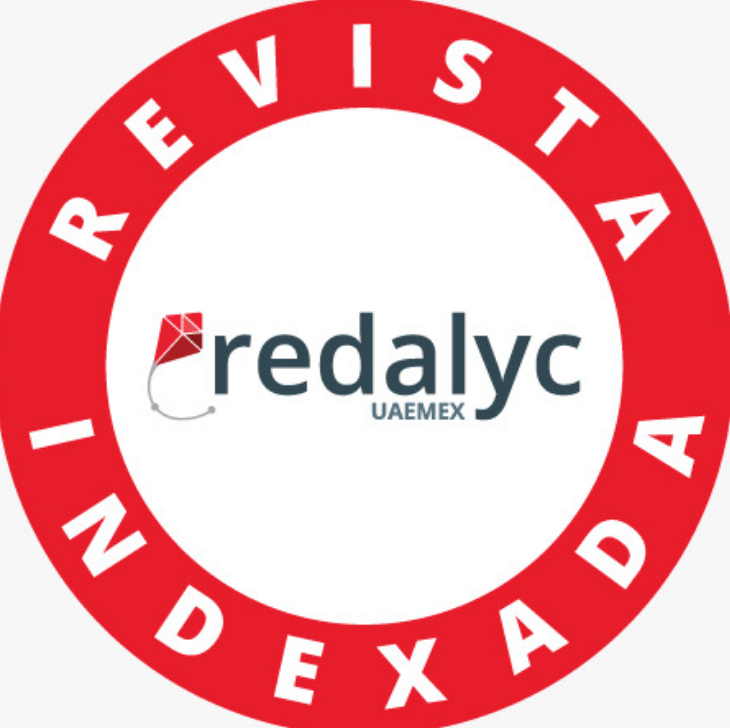Annotated Corpus for Citation Context Analysis
Keywords:
Corpus, annotation, methodology, machine-learning, function, polarity, aspects, schema, keywords, labels, classificationAbstract
In this paper, we present a corpus composed of 85 scientific articles annotated with 2092 citations analyzed using context analysis. We obtained a high Inter-annotator agreement; therefore, we assure reliability and reproducibility of the annotation performed by three coders in an independent way. We applied this corpus to classify citations according to qualitative criteria using a medium granularity categorization scheme enriched by annotated keywords and labels to obtain high granularity. The annotation schema handle three dimensions: PURPOSE: POLARITY: ASPECTS. Citation purpose define functions classification: use, critique, comparison and background with more specific classes stablished using keywords: Based on, Supply; Useful; Contrast; Acknowledge, Corroboration, Debate; Weakness and Hedges. Citation aspects complement the citation characterization: concept, method, data, tool, task, among others. Polarity has three levels: Positive, Negative and Neutral. We developed the schema and annotated the corpus focusing in applications for citation influence assessment, but we suggest that applications as summary generation and information retrieval also could use this annotated corpus because of the organization of the scheme in clearly defined general dimensions.
Downloads
References
Hernández Álvarez, M., & Gómez Soriano, J. (2015b). Survey about citation context analysis: Tasks, techniques, and resources. Natural Language Engineering. Cambridge University Press.Available on CJO 2015 doi: 10.1017/S1351324915000388
Athar, A. (2014). Sentiment analysis of scientific citations. Technical Report, University of Cambridge. (UCAM-CL-TR-856).
Mandya, A. A. (2012). Enhancing Citation Context based Information Services through Sentence Context Identification. Doctoral dissertation, University of Otago. Retrieved from: http://hdl.handle.net/10523/2520
Ciancarini, P., Di Iorio, A., Nuzzolese, A. G., Peroni, S., & Vitali, F. (2014). Evaluating citation functions in CiTO: cognitive issues. In The Semantic Web: Trends and Challengespp. 580-94. Springer International Publishing.
Teufel, S., Siddharthan, A., & Tidhar, D. (2006, July). Automatic classification of citation function. In Proceedings of the 2006 conference on empirical methods in natural language processing(pp. 103-110). Association for Computational Linguistics.
Hernández Álvarez, M., & Gómez Soriano, J. (2015a). Esquema de anotación para categorización de citas en bibliografía científica. Procesamiento del Lenguaje Natural, 54, 45-52.
Hyland, K. 1998. Hedging in Scientific Research Articles, Vol. 54. Amsterdam: John Benjamins Publishing.
Artstein, R., & Poesio, M. 2008. Inter-coder agreement for computational linguistics. Computational Linguistics, 34(4), 555-96.
Krippendorff, Klaus. 2004. Reliability in content analysis: Some common misconceptions and recommendations. Human Communication Research, 30(3):411–33.
Landis, J. R., & Koch, G. G. (1977). The measurement of observer agreement for categorical data. Biometrics, 159-74.
Jochim, C., and Schütze, H. 2012. Towards a generic and flexible citation classifier based on a faceted classification scheme. In Procedings of COLING’12(pp. 1343–58).
Moravcsik, M. J., & Murugesan, P. (1975). Some results on the function and quality of citations. Social studies of science, 5(1), 86-92.
Dong, C., and Schäfer, U. 2011. Ensemble-style self-training on citation classification. In Proceedings of 5th International Joint Conference on Natural Language Processing, pp. 623–31. Chiang Mai, Thailand: Asian Federation of Natural Language Processing.
Meyers, A. 2013. Contrasting and corroborating citations in journal articles. In Proceedings of the International Conference Recent Advances in Natural Language Processing RANLP 2013, Hissar, Bulgaria, pp. 460–6.
Iorio, A., Di, Nuzzolese, A. G., and Peroni, S. 2013. Towards the automatic identification of the nature of citations. In SePublica, Montpellier, France, pp. 63–74.
Li, X., He, Y., Meyers, A., and Grishman, R. 2013. Towards fine-grained citation function classification. In Proceedings of Recent Advances in Natural Language Processing,Hissar, Bulgaria, pp. 402–7.
Abu-Jbara, A., Ezra, J., and Radev, D. 2013. Purpose and polarity of citation: Towards NLP-based bibliometrics. In Proceedings of the 2013 Conference of the North American Chapter of the Association for Computational Linguistics: Human Language Technologies. ACL. Atlanta, GA. pp. 596–606.
Concit –Corpus (2015), Universidad de Alicante digital repository. http://hdl.handle.net/10045/47416.
Radicchi, F. 2012. In science “there is no bad publicity”: Papers criticized in comments have high scientific impact. Nature Scientific Reports 2: 815.
Downloads
Published
Issue
Section
License
Copyright Notice
Authors who publish this journal agree to the following terms:
- Authors retain copyright and grant the journal right of first publication with the work simultaneously licensed under a Creative Commons Attribution-Non-Commercial-Share-Alike 4.0 International 4.0 that allows others to share the work with an acknowledgement of the work's authorship and initial publication in this journal.
- Authors are able to enter into separate, additional contractual arrangements for the non-exclusive distribution of the journal's published version of the work (e.g., post it to an institutional repository or publish it in a book), with an acknowledgement of its initial publication in this journal.
- Authors are permitted and encouraged to post their work online (e.g., in institutional repositories or on their website) prior to and during the submission process, as it can lead to productive exchanges, as well as earlier and greater citation of published work.
Disclaimer
LAJC in no event shall be liable for any direct, indirect, incidental, punitive, or consequential copyright infringement claims related to articles that have been submitted for evaluation, or published in any issue of this journal. Find out more in our Disclaimer Notice.











